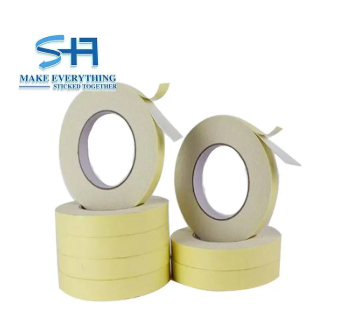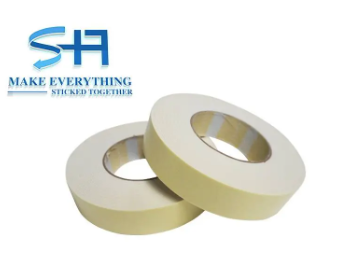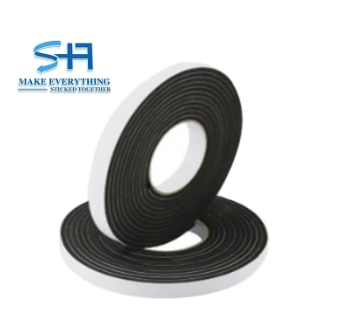In the world of adhesives and sealing solutions, EVA tape has emerged as a versatile and effective option for various applications. But what exactly is EVA tape, and how does it compare to other types of foam tape? In this article, we will explore the characteristics of EVA tape, its uses, and how to effectively utilize foam seal tape in different scenarios.
What is EVA Tape?
EVA tape, or Ethylene Vinyl Acetate tape, is a type of adhesive tape made from a copolymer of ethylene and vinyl acetate. This combination results in a flexible, durable, and weather-resistant material that is ideal for a wide range of applications. EVA tape is known for its excellent adhesion properties, making it suitable for bonding various surfaces, including plastics, metals, and wood.
One of the standout features of EVA tape is its ability to withstand extreme temperatures and environmental conditions. This makes it a popular choice for both indoor and outdoor applications. Additionally, EVA tape is often used in industries such as automotive, construction, and packaging due to its strong performance and reliability.

What is Foam Tape Used For?
Foam tape, which can include EVA tape, is a type of adhesive tape that features a foam backing. This foam can be made from various materials, including polyethylene, polyurethane, or EVA itself. Foam tape is widely used for its cushioning properties, sound dampening capabilities, and ability to create a seal against air and moisture.
Some common applications of foam tape include:
1. Sealing Gaps: Foam tape is often used to seal gaps in windows, doors, and other openings to prevent drafts and improve energy efficiency. The compressible nature of foam allows it to conform to irregular surfaces, creating a tight seal.
2. Mounting and Bonding: Foam tape is an excellent choice for mounting lightweight objects, such as signs, pictures, and displays. Its strong adhesive properties ensure that items stay securely in place.
3. Vibration Dampening: In automotive and industrial applications, foam tape can be used to reduce vibrations and noise. By placing foam tape between components, it can absorb shocks and minimize sound transmission.
4.Insulation: Foam tape can also provide thermal insulation, making it useful in HVAC applications. It helps to maintain temperature control by sealing ducts and preventing heat loss.
5. Packaging: In the packaging industry, foam tape is used to secure items during shipping. Its cushioning properties protect fragile items from damage.


How Do You Use Foam Seal Tape?
Using foam seal tape is a straightforward process, but there are some best practices to ensure optimal results. Here’s a step-by-step guide on how to effectively use foam seal tape:
1. Surface Preparation: Before applying foam seal tape, ensure that the surfaces are clean, dry, and free from dust, grease, or any contaminants. This will help the adhesive bond effectively.
2. Measure and Cut: Measure the area where you plan to apply the tape. Cut the foam seal tape to the desired length, ensuring that it fits snugly in the intended location.
3. Peel and Stick: Most foam tapes come with a protective backing. Peel off the backing to expose the adhesive side. Carefully position the tape in place, ensuring it aligns correctly with the edges of the surface.
4. Press Firmly: Once the tape is in position, press down firmly along the entire length of the tape to ensure good adhesion. For best results, you can use a roller or your fingers to apply even pressure.
5. Trim Excess: If there is any excess tape hanging over the edges, use a sharp utility knife or scissors to trim it neatly.
6. Allow to Set: Depending on the type of foam tape used, it may require some time to fully bond. Avoid disturbing the tape for a few hours to allow the adhesive to set properly.
Conclusion
EVA tape and foam tape are invaluable tools in various industries and applications. Their unique properties make them suitable for sealing, bonding, and insulating tasks. Whether you are looking to improve energy efficiency in your home, mount items securely, or dampen vibrations in machinery, understanding how to use foam seal tape effectively can lead to successful outcomes.
As you explore the possibilities of EVA tape and foam tape, remember to consider the specific requirements of your project. With the right tape and proper application techniques, you can achieve durable and reliable results that stand the test of time.
Post time: Apr-22-2025




